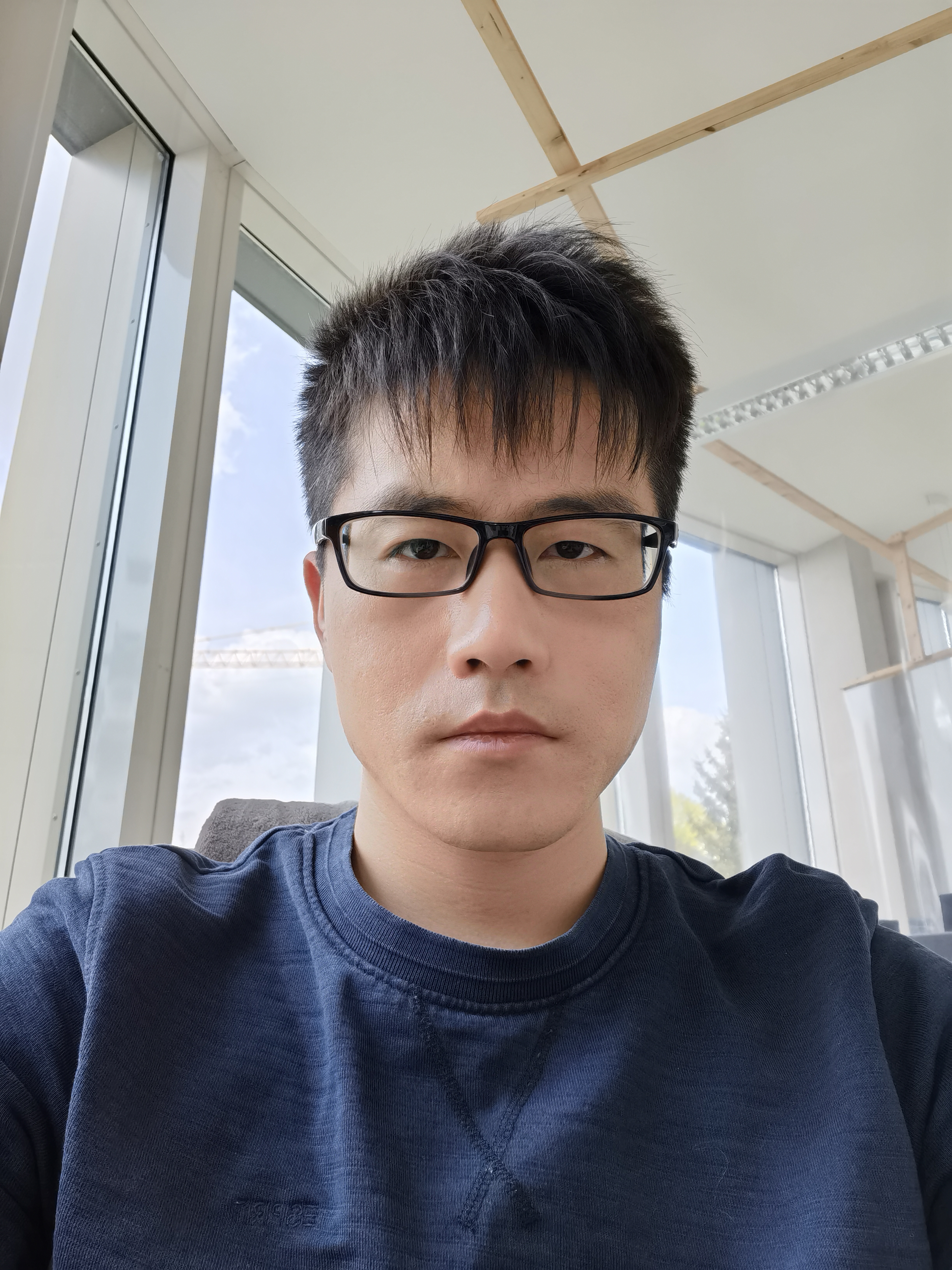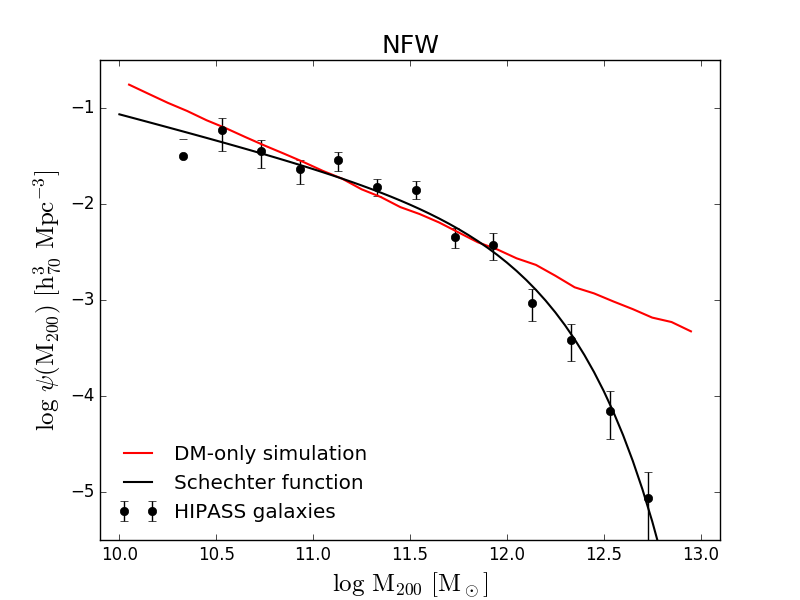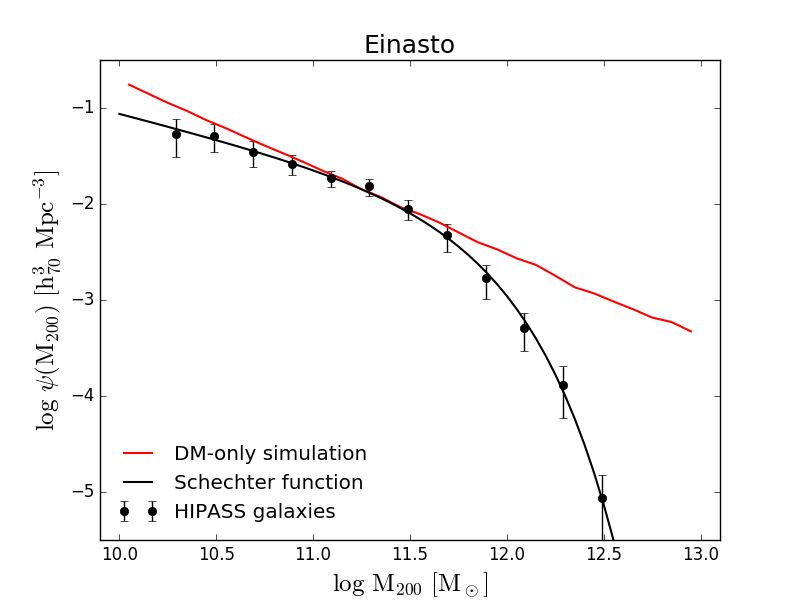Pengfei Li
Humboldt fellow
Leibniz Institute for Astrophysics at Potsdam
PhD: August 2020, Astronomy, Case Western Reserve University (OH, USA);
Master: July 2015, Theoretical Physics, Peking University (Beijing, China);
Bachelor: July 2012, Engineering, Huazhong University of Science and Technology (Wuhan, China).
Research interests: dynamics of disk galaxies, clusters of galaxies, dark matter.

Title: The Dark Matter Problem in Rotationally Supported Galaxies
Advisors: Stacy McGaugh
& Federico Lelli
Defense: June 19, 2020
Research & Publications
Research interests
Pengfei is interested in testing the cosmological model using galaxies, galaxy clusters. He has broadly applied Bayesian technique to 175 late-type galaxies in the SPARC database, and investigated seven dark matter halo models (NFW, pISO, Burkert, Einasto, coreNFW, DC14, Lucky13). He obtained 2100 rotation curve fits and determined the properties of these dark matter halos. These halos can be used to constrain the nature of dark matter, test cosmological models.
He is currently looking at the baryonic effects on dark matter halos. When baryons settle into, dark matter halos are supposed to experience a period of adiabatic contraction. By simulating the process, he studies how the baryonic effect could affect the nature of dark matter halos.
His recent interests is to extend the study to include galaxy clusters, the largest gravitationally bound systems. His goal is to explore a unified picture of dark matter model for galaxies and galaxy clusters. This will deepen our understanding of the nature of dark matter that contributes more than 80% of the mass in the Universe.
Introduction to my halo sample of 175 late-type galaxies
By fitting rotation curves, I have derived the dark matter halos for the 175 disk galaxies in the SPARC database. See 25 example rotation curve fits below.

Figure: 25 rotation curve fits using the Einasto model with LCDM priors imposed. All 2100 fits and associated data are available upon requested.
This sample can be used to test the dark matter model. For example, I established the tight correlation between H I line widths and dark matter halo masses using my halo sample. This relation enables the determation of the halo mass for a large unresolved galaxies, (1388 galaxies from the HIPASS survey in this case). I then measured the halo mass functions as shown below.



Figure: The halo mass function measured using the HIPASS galaxies compared with the dark matter-only simulation. The halo masses of the HIPASS galaxies are derived based on the relation established using my halo sample assuming the NFW, Einasto and DC14 profiles.
Publications
See my complete publication list at ADS.
First-author publications in Astronomy
(5) Li P., Lelli F., McGaugh S.S., Schombert J.M., Chae K., 2020, "A cautionary tale in fitting galaxy rotation curves with
Bayesian techniques: Does Newton's constant vary from galaxy to galaxy?", A&A 646, L13. See it on ADS
(4) Li P., Lelli F., McGaugh S.S., Schombert J.M. 2019, “A comprehensive catalog of dark matter halo models for SPARC galaxies”,
ApJS, 247, 31L. See it on ADS
(3) Li P., Lelli F., McGaugh S.S., Pawlowski M.S., Zwaan M.A., Schombert J.M. 2019, “The halo mass function of late-type galaxies
from the observed H I kinematics”, ApJ Letters, 866:L11. See it on
ADS
(2) Li P., Lelli F., McGaugh S.S., Starkman N., Schombert J.M. 2019, “A constant characteristic volume density of
dark matter haloes from SPARC rotation curve fits”, MNRAS, 482, 5106L. See it on
ADS
(1) Li P., Lelli F., McGaugh S.S., Schombert J.M. 2018, “Fitting the radial acceleration relation to
individual SPARC galaxies”, A&A, 615, A3. See it on
ADS
Contributions to international conferences
(5)
Talk, Galaxies & Cosmology & Stars & Planets Seminar, at CfA, 08 Septermber, 2020
Watch my talk on YouTube (starting at 23 minutes)
(4) Thesis talk, “235th Meeting of the American Astronomical Society”. Session: Spiral Galaxies.
Honolulu, 4-8 January 2020
(3) Session Chair, “235th Meeting of the American Astronomical Society”. Four Sessions:
Galaxy Clusters II & III, Dwarf & Irregular Galaxies II, Galaxy Evolution and Cosmology.
Honolulu, 4-8 January 2020
(2) Talk, “The functioning of galaxies: challenges for Newtonian and Milgromian dynamics”.
Bonn, 23-27 September 2019
(1) Poster, “Galactic Dynamics in the Era of Large Surveys”. Shanghai, 30 June-5 July, 2019
Co-author papers in Astronomy
(2) Tian Y., Yu P.C., Li P., McGaugh S.S., Ko C.M., 2020, "Mass velocity dispersion relation in HIFLUGCS galaxy clusters",
ApJ, 910, 56. See it on
ADS
(1) Chae K., Lelli F., Desmond H., McGaugh S.S., Li P., Schombert J., 2020, "Testing the Strong Equivalence Principle by
the External Field Effect in Galaxy Rotation Curves", ApJ, 904, 51. See it on
ADS
Co-author papers in Physics
(3) Jiang L., Li P., Song H. 2016, “Multiplicity fluctuations of net protons on the hydrodynamic freeze-out surface”,
Nuclear Physics A, 956, 360. See it on
ADS
(2) Jiang L., Li P., Song H. 2016, “Correlated fluctuations near the QCD critical point”,
Physics Review C, 94, 024918. See it on
ADS
(1) Zhou Y., Zhu X., Li P., Song H. 2015, “Investigation of possible hadronic flow in √s = 5.02 TeV p-Pb collisions”,
Physics Review C, 91, 064908. See it on
ADS
Contact me
-
Address
2083 MLK Jr. Dr. Sears Building Office 561
Cleveland, OH 44106
USA -
Email
PengfeiLi0606@gmail.com -
Phone
(216) 368-3896 -
Social